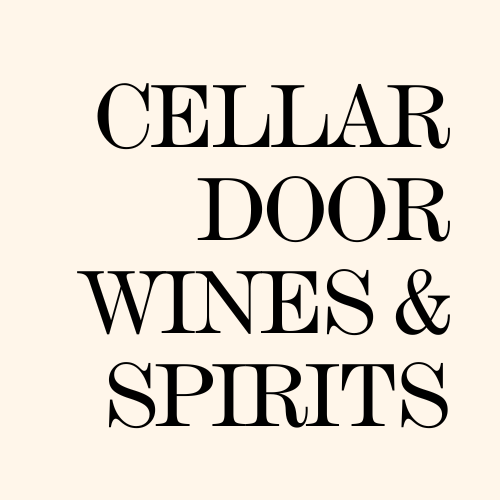
Mary Taylor, Bordeaux Rouge (Jean Marc Barthez) 2020
Producer: Mary Taylor w/ Jean Marc Barthez
Region: Bordeaux, France
Varietals: 50% Merlot, 25% Cabernet Sauvignon, 25% Cabernet Franc
Viticulture: Sustainable
Category: Red
Size: 750ml bottle
Each Mary Taylor wine is a faithful ambassador of its geographical origin, true to local traditions, and the vision of the individual farmer who bottled it, whose name is listed on the front of every bottle. Mary Taylor Wine offers affordable wines of genuine quality and integrity (no shortcuts) that will bring the magic of their “terroirs” to life wherever you choose to enjoy them: at a dinner party, next to the grill, or even just on a quiet night at home.
The world’s most famous wine region, Bordeaux has been popularly defined by the luxury stereotypes of its exclusive “first growth” châteaux, which produce some of today’s most highly coveted (and prohibitively expensive) wines. But beyond this façade of wealth, there lies an “alternative” Bordeaux— one populated by the small independent estates that line the banks of the Garonne and the Dordogne rivers. This is the Bordeaux to which winemaker Jean Marc Barthez belongs.
The archetypal “dirt-under-the-fingernails” grower, far more likely to be spotted driving a tractor than a Porsche, he serves as the president of a small co-operative winery in Monségur, an ancient village founded by Eleanor of Aquitaine in the 13th century. There, he oversees a handful of growers who cultivate small family vineyards—many of which are certified organic—to produce Bordeaux wines that their friends and neighbors can actually afford.
Grown in vineyards that surround the cooperative, this easy-drinking yet elegant Bordeaux is neither glitzy nor flashy, but perfectly embodies the region’s rural soul. A signature blend of 50% Merlot with equal parts Cabernet Franc and Cabernet Sauvignon, it possesses much of the dark-fruited complexity that made the region famous in the first place, but rendered in a brighter, more refreshing frame. This amazing “drinkability” is highlighted by the absence of oak during the aging process, which allows a bursting acidity and graphite minerality (imagine the lead of fresh pencil shavings) to shine through on the palate.
